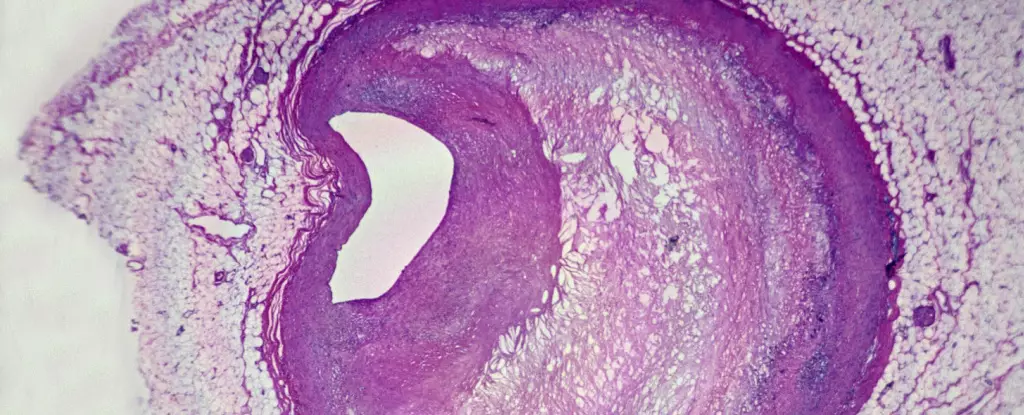In our contemporary world, plastics are indisputably ubiquitous, permeating every facet of daily life. Surprisingly, these synthetic materials have even infiltrated our bodies, particularly evident in recent research that has revealed the presence of microplastic particles within several vital human organs, including the placenta. This alarming discovery raises significant inquiries into the potential health implications of microplastics, particularly as their tiny fragments have been found to effortlessly penetrate our bodily tissues. The urgent need for further investigation into the safety of these materials is paramount, as we uncover the long-term effects they may have on human health.
While researchers have been delving into the effects of microplastics, much of the study has been conducted using models such as organ replicas and rodents. Although such studies contribute valuable insights, they may not accurately mimic real-world conditions experienced by humans. For instance, the concentrations of microplastics employed in laboratory settings far exceed what people encounter in their daily lives. Thus, the question arises: how many of these studies genuinely reflect the reality of human exposure and the consequent health risks?
A pivotal study conducted in Italy in March revealed a concerning presence of microplastics within the fatty deposits of patients undergoing a carotid endarterectomy—a surgical procedure aimed at reducing the risk of strokes by removing fatty plaques from narrowed arteries. This inquiry, spearheaded by medical researcher Raffaele Marfella, sought to assess the implications of microplastic presence on the health trajectories of these patients over an extended follow-up period of nearly three years.
Through rigorous examination, Marfella and his team uncovered that approximately 60 percent of the 257 patients studied had detectable levels of polyethylene—a prominent plastic used in a range of products like bags, films, and bottles—in their excised plaques. Additionally, around 12 percent of patients exhibited traces of polyvinyl chloride (PVC), commonly found in everyday items such as water pipes and packaging. Alarmingly, the study highlighted a stark association between the presence of these microplastics and cardiovascular health outcomes. Those with microplastics in their plaques were found to be 4.5 times more likely to suffer a stroke, non-fatal heart attack, or die from various causes, compared to individuals without detectable levels.
To ensure accurate measurements, advanced techniques such as pyrolysis-gas chromatography-mass spectrometry were utilized alongside stable isotopes analysis, enabling researchers to differentiate between human carbon and that derived from plastics. Notably, microscopic examinations revealed the presence of jagged plastic fragments lodged within immune cells known as macrophages. Furthermore, higher levels of inflammatory markers were detected in those with microplastic-laden plaques, cementing a troubling correlation with cardiovascular dysfunction.
Importantly, the observational nature of this study emphasizes that correlation does not unequivocally imply causation. While the association between microplastics and adverse cardiovascular outcomes is robust, other factors contributing to heart disease—such as smoking, inactivity, and environmental pollutants—were not taken into account. Public health physician Philip J. Landrigan underscored the necessity for further investigation, highlighting that while the presence of microplastics in plaque tissue is a groundbreaking discovery, it serves as a starting point in our understanding of an emergent health crisis.
The last two decades have seen an unprecedented surge in plastic production, yet only a meager portion is recycled. Disturbingly, while cardiovascular disease rates have shown signs of decline in select regions, the ramifications of increasing plastic pollution cannot be overlooked. It becomes increasingly critical to draw connections between plastic proliferation, environmental factors, and human health outcomes.
As microplastics become an inescapable aspect of our environment and bodies, the need to identify strategies for reducing exposure and understanding their physiological impacts has never been more pressing. Researchers must venture beyond mere correlation as they strive to establish clearer causal relationships, enabling public health initiatives to address and mitigate this growing threat. The insights gleaned from such research will be invaluable in promoting not only individual well-being but also the longevity of our planet in the face of rampant plastic consumption.


Leave a Reply